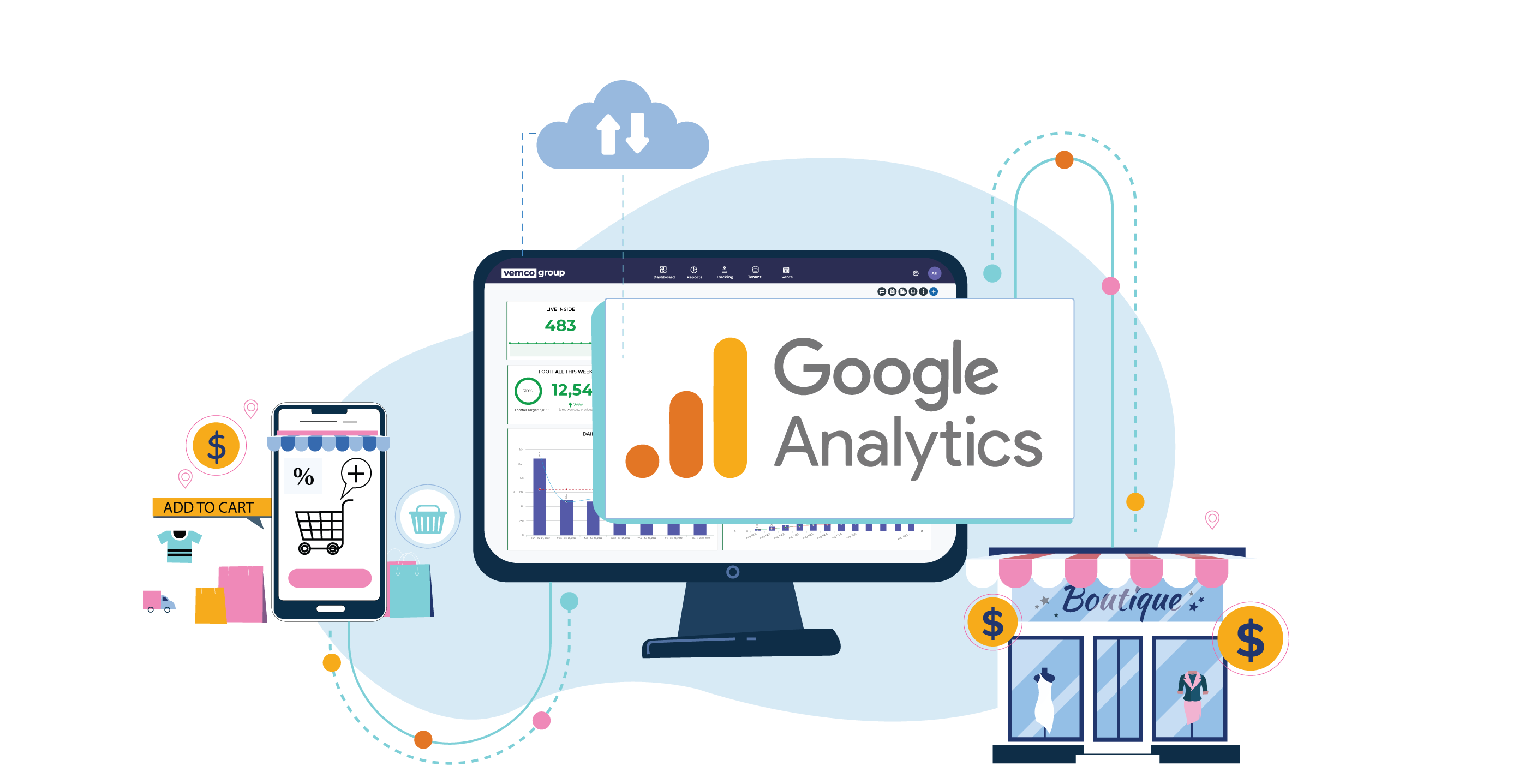Every day, your building generates valuable data – from POS transactions and HVAC usage to security logs and occupancy counts. The problem?
Most of it lives in silos, disconnected from the bigger picture.
When systems don’t talk to each other, you end up with blind spots. A sales spike might not be linked to a marketing event. Energy use might stay high even when footfall drops. Space might be wasted because booking systems aren’t linked to actual usage.
That’s why the future of footfall analytics isn’t just about counting people – it’s about integrating occupancy data with every other operational system you rely on.
The Power of Seeing Everything in One Place
When your data streams merge into a single platform, patterns emerge that would otherwise stay hidden. Imagine being able to:
-
Link marketing campaigns to actual increases in visitors and sales
-
Adjust HVAC automatically when occupancy drops in certain areas
-
See which entrances drive the most traffic to specific store zones or facilities
This unified view makes decision-making faster, easier, and far more accurate.
APIs Make It Possible
Modern APIs allow footfall data to connect with:
-
POS systems – linking traffic to sales conversion rates
-
ERP platforms – aligning operations and stock levels with actual demand
-
BI tools – creating advanced dashboards for strategic reporting
-
Building Management Systems – automating energy, lighting, and climate controls based on real use
When these integrations are handled in one platform, you save the cost and complexity of multiple vendors and disconnected tools.
From Reactive to Proactive
Standalone reports often tell you what happened yesterday. Integrated data lets you act as it’s happening. For example:
-
If footfall suddenly spikes, staffing levels can be adjusted in minutes
-
If certain zones remain underused for days, layouts can be redesigned
-
If air quality dips in a busy area, ventilation can increase automatically
This proactive approach turns data into a real-time operational advantage.
Scaling Across Multiple Locations
For multi-site businesses – whether a global retail chain, a network of malls, or corporate offices across continents – consistency is key.
A single, integrated platform means you:
-
Compare performance across sites easily
-
Roll out changes and updates globally
-
Ensure all teams work from the same accurate data
-
Receive local support in every market
From Numbers to Narrative
Ultimately, integration transforms footfall analytics from raw numbers into a clear, actionable story of how people interact with your spaces. That story is the foundation for smarter, faster, and more sustainable decisions.
When your systems speak the same language, your whole business runs smarter.
Integration isn’t the future of footfall analytics – it’s the standard for leaders who want to stay ahead.
See the many possibilities in our video.
Frequently Asked Questions
What is unified footfall analytics and how does it work?
Unified footfall analytics combines data from multiple sources—people counters, occupancy sensors, and POS systems—into a single platform, providing businesses with integrated insights for better operational decision-making.
How can unified footfall analytics improve business operations?
By analyzing visitor flow, dwell times, and occupancy trends across locations, businesses can optimize staffing, enhance customer experience, and make data-driven strategic decisions.
Why is integrated operational insight important for retail and public spaces?
Integrated insights allow businesses to see the bigger picture, correlate footfall with sales and operational metrics, and identify patterns that would be missed by isolated data, leading to more efficient and profitable operations.





